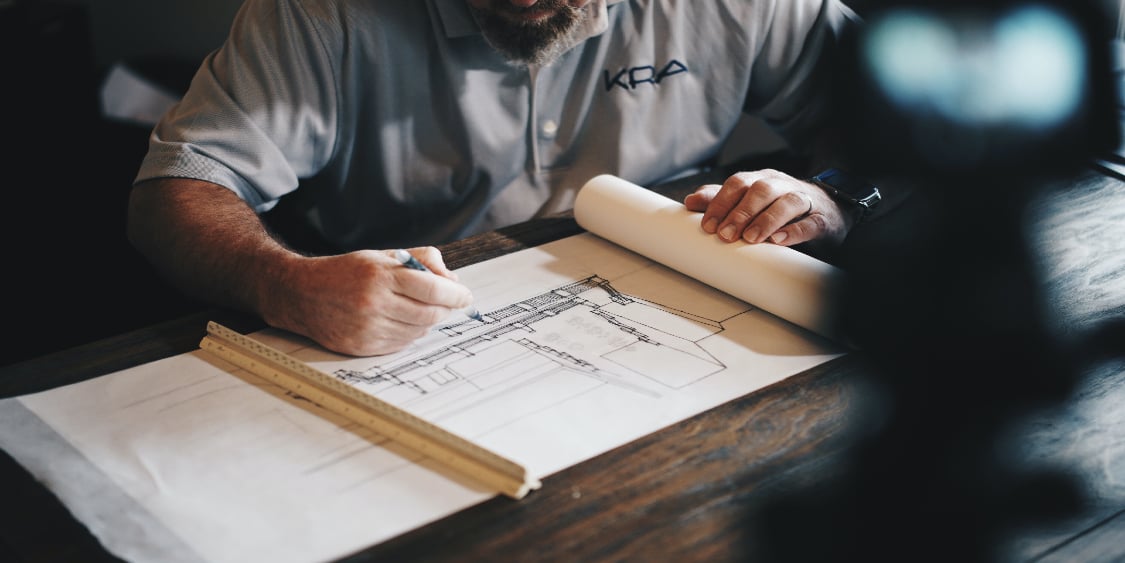Vicarious liability arises from the common law doctrine of “agency law” and occurs when someone in a superior or controlling role is held responsible for the errors and omissions of their subordinates or agents.
This means that if you hire subconsultants to work on yours or your client’s project, you can be held vicariously liable for damages that arise as a result of their actions. Here are some actions you can take to help mitigate the risk of vicarious liability when working with subconsultants and ensure your project runs as smoothly as possible:
1. Draft Integrated Contracts
Once a project is secured, your relationship with each subconsultant should be defined in a detailed written contract. These contracts must not only cover your key agreements with each individual subconsultant, they must be carefully coordinated with your master client contract.
It is typically best to start with the standard form agreements of the Royal Architectural Institute of Canada (RAIC) or the Association of Consulting Engineering Companies (ACEC). This will provide consistency among your various contracts, while allowing for customization to fit the specific details of the project in question.
If your client insists on using its own nonstandard contract forms, you’ll need to make sure your subconsultants contracts are consistent regarding each party’s rights and obligations as well as other key project requirements. For instance, if your client contract calls for certain deadlines, milestones, payment terms, etc., those will need to be passed through to the subconsultants through their individual contracts.
Similarly, if you have negotiated protections for your firm in the form of a limitation of liability, a waiver of consequential damages or an indemnity clause, you should strive to pass those through to your subconsultants as well. Often, this can be established by including a clause in your master contract, whereby the client agrees to pass through those protections.
2. Push for Mediation
Your ultimate goal is to prevent errors and omissions in the design services you and your team of subconsultants deliver. But should a dispute arise among the design team, you’ll want to resolve that dispute efficiently, effectively and rationally.
To that end, you’ll want to push for a mediation clause in your client contract and then include the same clause in all of your contracts with subs. Mediation has shown to be an effective means of finding common ground during a dispute and resolving issues amicably for all parties — and it’s a nonbinding process. If your client insists on having an arbitration clause, or calls for another form of dispute resolution, then your contracts with your subconsultants should call for the same so that all parties agree to be at the negotiation table.
3. Conduct Post-Project Reviews
Following substantial completion of the project, consider holding a post-project review meeting. Invite an owner’s representative, the contractor, all subconsultants and key members of your staff involved in the project. Focus on what went right with the project, but address how the project might have been better managed.
This is not a time to bring up new grievances or re-hash disputes that have already been addressed. If this was a particularly cantankerous group, you might want to skip this step to avoid reopening old wounds and generating further bad feelings.
When partnering with sub-consultants, ensuring comprehensive errors and omissions insurance coverage is one effective strategy to mitigate potential vicarious liability risks.
Have a separate internal post-project review of the subconsultants. You and your staff should discuss the pros and cons of each subconsultant and whether its performance enhanced its reputation or gave you reason not to want to use its services again. Update profiles in your subconsultant roster.


